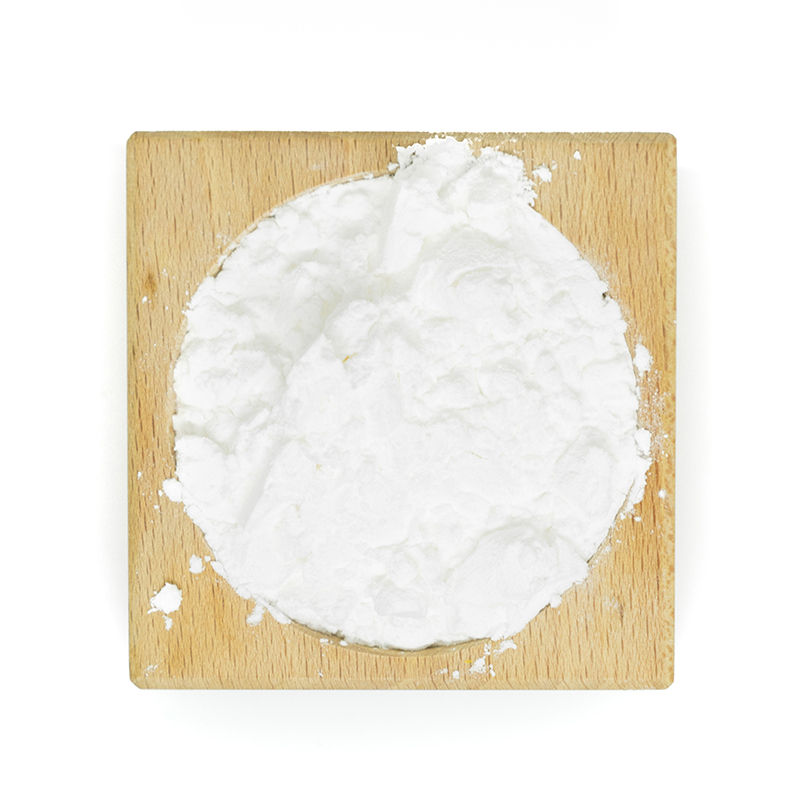-
Description
Xanthan gum is formed by fermentation process using different range of simple sugars by culturing the bacterium Xanthomonas campestris. This powder appears creamy-white to yellow in colour and is particularly useful for thickening and stabilizing. This is a non-GMO product.
-
Directions
Breads – 3/4 tsp per cup of flour. Cakes – 1/2 tsp per cup of flour. Cookies – 1/4 – 1/2 tsp per cup of flour. If using as a thickener, whisk or blend thoroughly into the liquid to avoid clumps.
-
Uses
Xanthan gum is most often used in gluten-free baking, to give the dough or batter a "stickiness" that would otherwise be achieved with gluten. It can also be used to thicken soups and sauces.
-
Storage
Product should be stored in a cool, dry area with a temperature between 50-60˚F, and a relative humidity of less than 50%. Under these conditions, the product will have a shelf life of 1 year.
-
Nutrition
Nutrition Facts Per 10 g Amount % Daily Value Calories 35 - Fat 0 g 0% Saturated Fat 0 g - + Trans Fat 0 g 0% Carbohydrate 8 g - Fibre 8 g 31% Sugars 0 g 0% Sugar Alcohol - - Protein 1 g - Cholesterol 0 mg - Sodium 260 mg 11% Potassium 50 mg 1% Calcium 0 mg 0% Iron 0 mg 0%
| SKU | Unit Size |
|---|---|
| 21802 | 6 x 100 g |
| 21803 | 6 x 200 g |
| 21805 | 2 kg BULK |
-
Description
-
Directions
-
Uses
-
Nutrition
-
Storage
-
Xanthan gum is formed by fermentation process using different range of simple sugars by culturing the bacterium Xanthomonas campestris. This powder appears creamy-white to yellow in colour and is particularly useful for thickening and stabilizing. This is a non-GMO product.
-
Breads – 3/4 tsp per cup of flour. Cakes – 1/2 tsp per cup of flour. Cookies – 1/4 – 1/2 tsp per cup of flour. If using as a thickener, whisk or blend thoroughly into the liquid to avoid clumps.
-
Xanthan gum is most often used in gluten-free baking, to give the dough or batter a "stickiness" that would otherwise be achieved with gluten. It can also be used to thicken soups and sauces.
-
Nutrition Facts Per 10 g Amount % Daily Value Calories 35 - Fat 0 g 0% Saturated Fat 0 g - + Trans Fat 0 g 0% Carbohydrate 8 g - Fibre 8 g 31% Sugars 0 g 0% Sugar Alcohol - - Protein 1 g - Cholesterol 0 mg - Sodium 260 mg 11% Potassium 50 mg 1% Calcium 0 mg 0% Iron 0 mg 0% -
Product should be stored in a cool, dry area with a temperature between 50-60˚F, and a relative humidity of less than 50%. Under these conditions, the product will have a shelf life of 1 year.
